 |
| The dreaded Waterworks climb |
This is the ninth post of a series on some of the great road cycling climbs around Hobart. You can be notified of new posts in the series by following me on Twitter. Until now the climbs have been reasonable, but now it all changes.
Earlier in the series:
I still remember the first time I rode up Waterworks. I forced myself to finish the last few hundred metres without stopping, crawling up in my 40×28 bottom gear on my old steel frame Superlite, and finally saw the road levelling out and the crest of the hill just ahead. The last 50 metres were just torture – surely the climb should be easier now: it’s levelling out. I reached the very top of the climb, with its view over the Ridgeway Reservoir, and collapsed over the handlebars, panting and nearly dead. And then I realised that wasn’t the top – there was still more to come.
Waterworks still rates for me as the hardest climb in Hobart. It is a shorter challenge than Mount Wellington, but so much steeper. The full Waterworks climb is still a 350m ascent over 4.4km. That may not sound too bad until you realise that nearly half of that distance is made up of a level plateau traversing around Ridgeway Reservoir. The maximum gradient is somewhere in the order of 25%, about half way up the first section of the climb, and the road surface is rough, uneven and lumpy, so you have no hope of riding to a tempo. It’s just a tough, tough grind, all the way up.
I now live at the top of Waterworks in Ridgeway, and this means that every night on my way home the climb taunts me – when am I going to try it again? Usually I chicken out and ride up Strickland Ave. But eventually I forget how just hard the climb is and turn up Waterworks Rd… Now remember that the climb starts at 150m above sea level – the same altitude as the summit of Bonnet Hill. All that ascending before you get to the start of the climb? That’s just a warm up. It’s on nice, smooth tarmac and I’m sure you’ll be thinking, how hard will this climb really be? Then you turn the corner that marks the end of Dynnyrne and the climb, ridiculously steep, opens up before you. I find myself climbing the first straight, in a couple of gears above my bottom gear, and still thinking this isn’t too bad… But the road just keeps getting steeper, and rougher, sucking up all my energy in bumps and ripples. All of a sudden I’m in bottom gear, and frantically pushing that gear lever to find another gear, as the road curves around its two steepest corners. From there to Ridgeway Reservoir is an exercise in mind over agony. Just slog away until you get there. Forget cadence, forget heart rate, they’ll both be silly. Just turn those pedals over and over again.
But once you reach Ridgeway Reservoir, don’t stop: push along on the flat, get your speed back up to and over 30km/h and push around to the next ramp. This is steep but much, much shorter – just slightly too long, with that first climb in your legs, to sprint up…
And now you reach the crunch point: the climb doesn’t finish here, but you could pretend that it does (I do, with the powerful excuse that I’m going home…). But I know you’ll want to conquer the whole climb, and ride to the very top of Chimney Pot Hill. So, turn right, ride a couple hundred metres on the level road (oh blessed relief!), and then turn left up the service road that leads to the Telstra tower at the top. You may have to hop off your bike to negotiate the gate at the base.
This bit of road is enough to make seasoned riders cry. It averages over 10% for another one and a half kilometres. The surface on this road is pretty broken up, but given that you’ll be slogging along in bottom gear, it probably won’t be a problem for you! The most demoralising moment of this climb is no doubt about 500m from the finish, when the road straightens up for what at that point looks like an impossibly long 400m straight. Just remember, when you get to the end of that straight, you are nearly there!
Again, there are some great views at the top. Not that you’ll be able to see them, as you’ll be too busy wiping sweat out of your eyes and trying to keep yourself from falling over.
The descent of Waterworks would be one of the most technical in Hobart. It is very steep, with badly cambered corners, ripples, potholes, and a rough road surface. Great on a mountain bike but be careful on your road bike! Also beware of gusts on windy days – I’ve been literally blown off the road when I encountered a sudden strong cross wind on the descent. I’ve also overcooked it coming into the first of the two steep bends – the ripples make it very hard to slow down if you get too much speed up! I was lucky – I just explored a ditch for a few moments before somehow, miraculously rolling back onto the road!
If that descent doesn’t sound like your cup of tea, turn left at the bottom of the service road, and follow Chimney Pot Hill Rd to Huon Rd, the gateway to Mt Wellington.
Edit: I forgot the challenge. Just do it. Without stopping.
You have probably already figured which climb the next and final post will be about…
| Waterworks and Chimney Pot Hill |
| Distance |
4.4km |
| Category |
2 |
| Elevation |
350m |
| Gradient |
7.7% |
| Maximum Gradient |
25% |
| Time from city |
10 minutes |
| Traffic |
low |
| Strava |
http://app.strava.com/segments/625953 |
How to get to the climb: From Sandy Bay Rd, turn right on King St, follow it up to Lynton Ave, then turn left onto Waterworks Rd. The climb starts 1km up this road. |
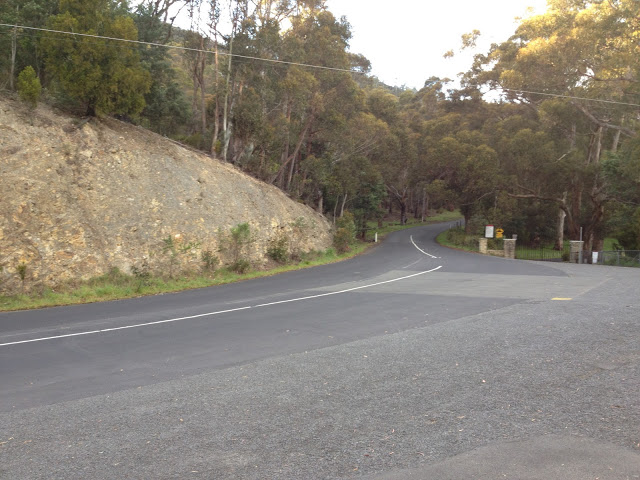 |
| It all looks so easy from here, the start of the climb |
 |
| Rough surface, and the road just gets steeper and steeper |
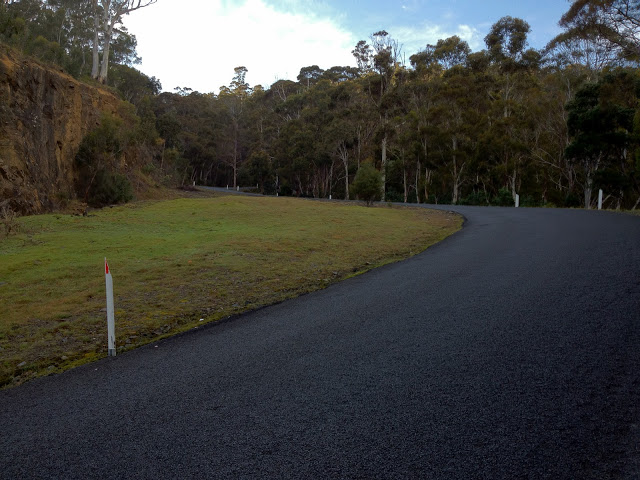 |
| The gradient is deceptive, it doesn’t look as bad as it feels! |
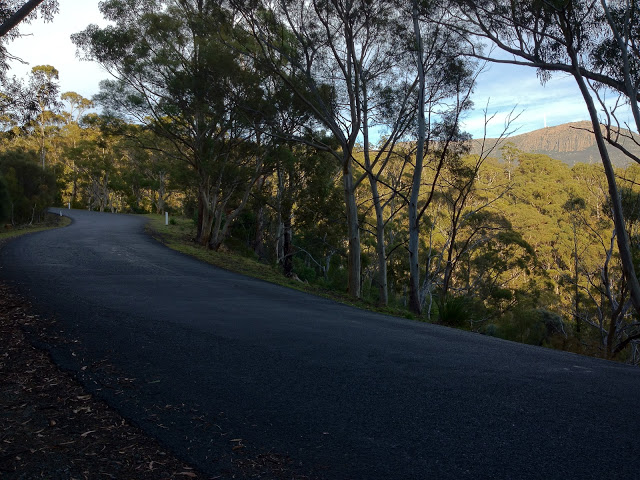 |
| You can see Mt Wellington in the distance, near the top of the first half of the climb |
 |
| The top of the first steep pinch is within your grasp! |
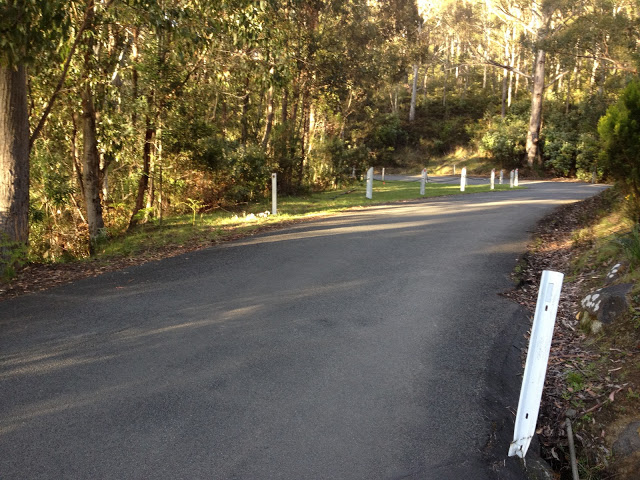 |
| Level road, a relief, time for a breather |
 |
| The road tilts up again, a bit too long to sprint |
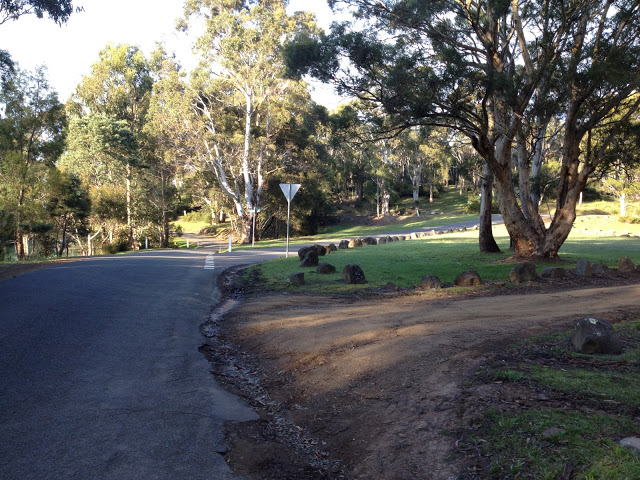 |
| Turn right here to continue the climb |
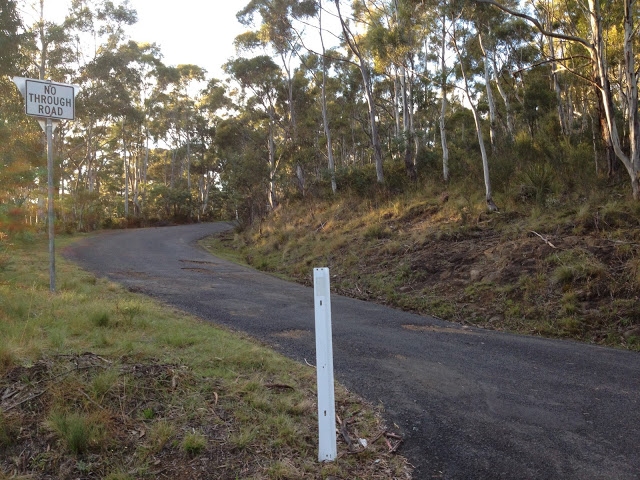 |
| And turn left up this little sweet road |
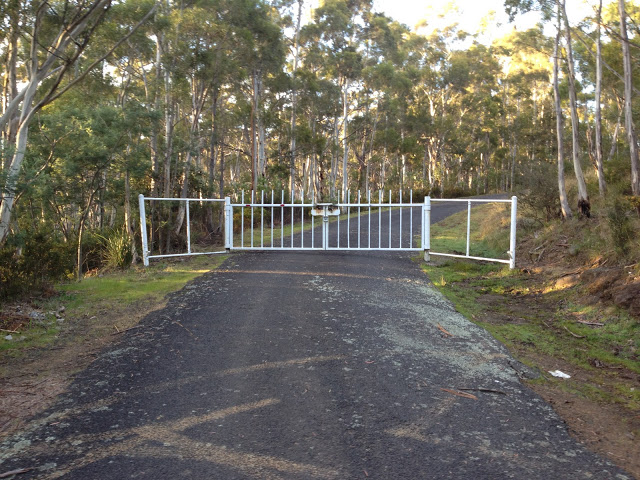 |
| Your guarantee of a car-free climb |
 |
| Oof, that’s steep. |
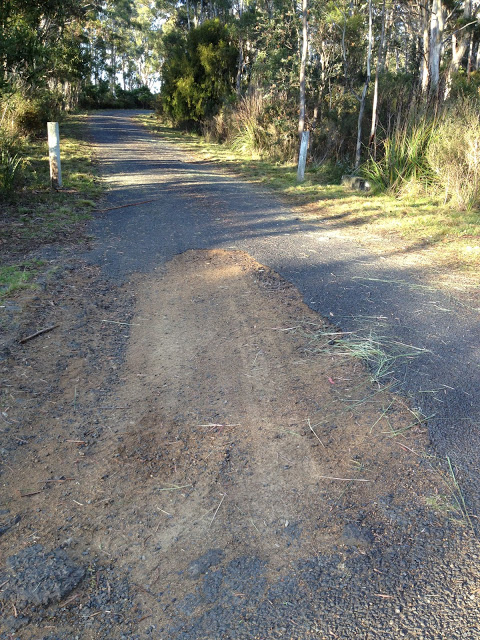 |
| Holes in the road give you an excuse to weave! |
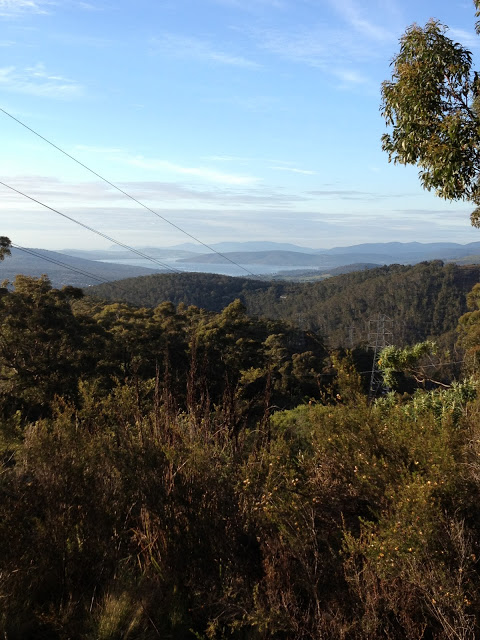 |
| Another view you won’t be seeing |
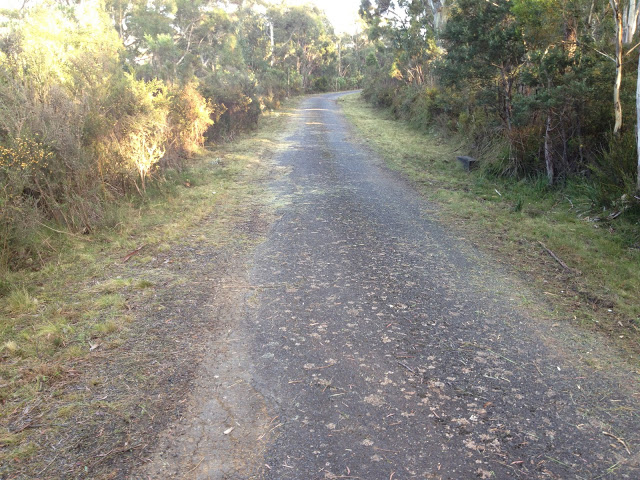 |
| Does the climb ever end? |
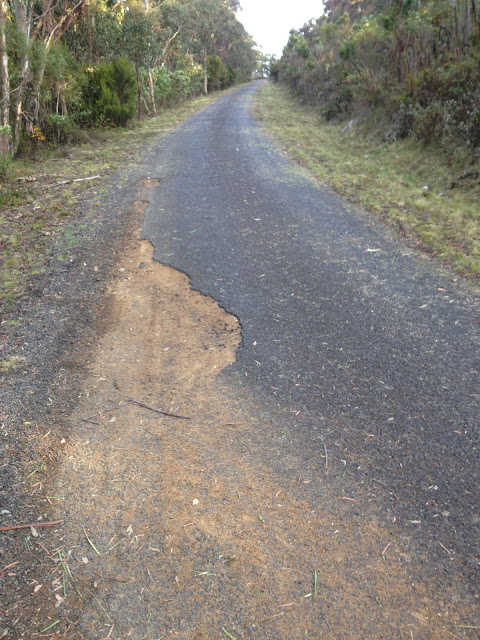 |
| The debilitating final straight |
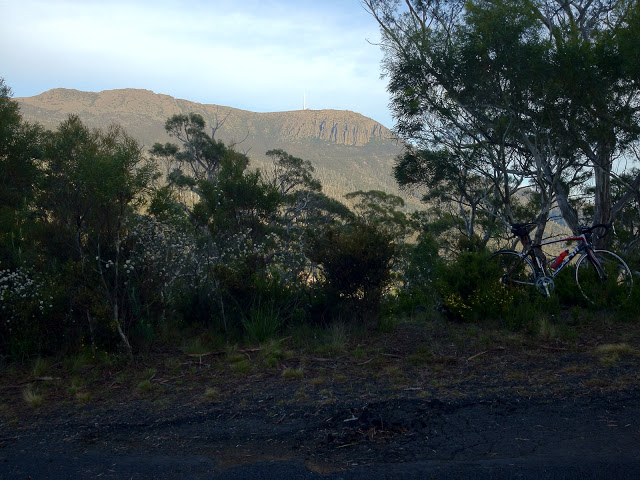 |
| Round the corner, another view |
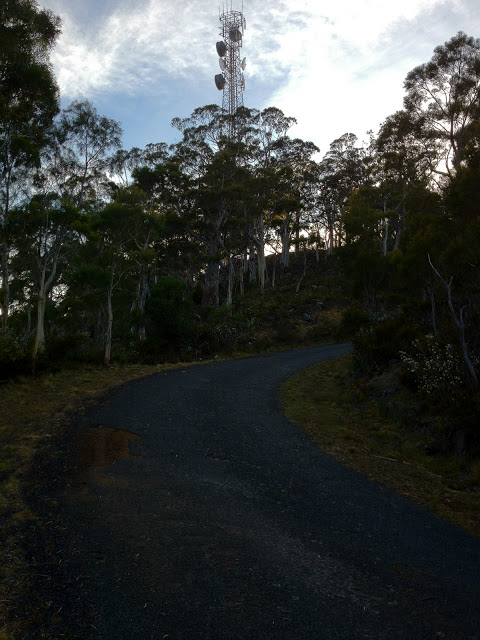 |
| Yes, it’s a steep corner |
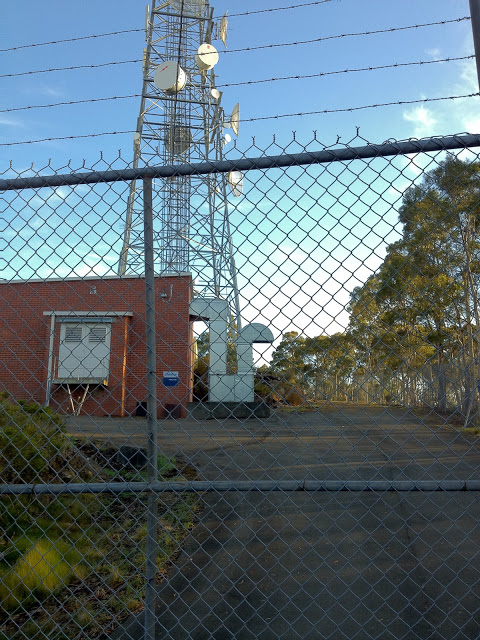 |
| And here’s what you were aiming for! |
Other posts in this series:







